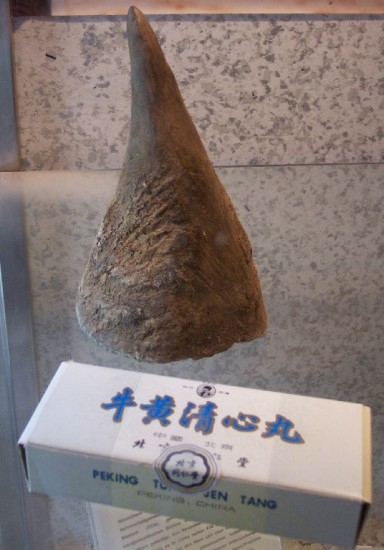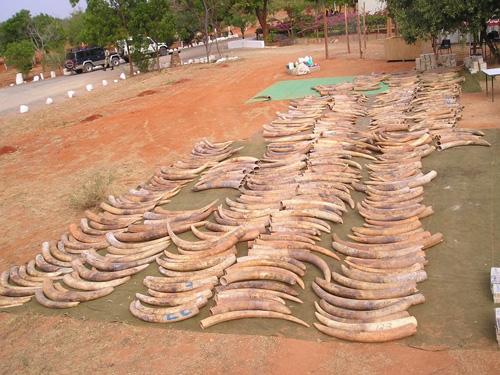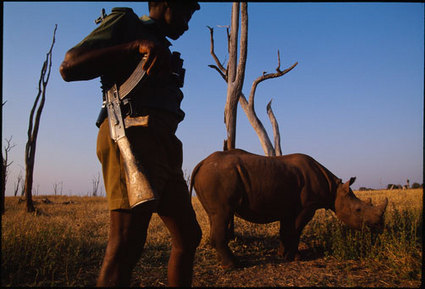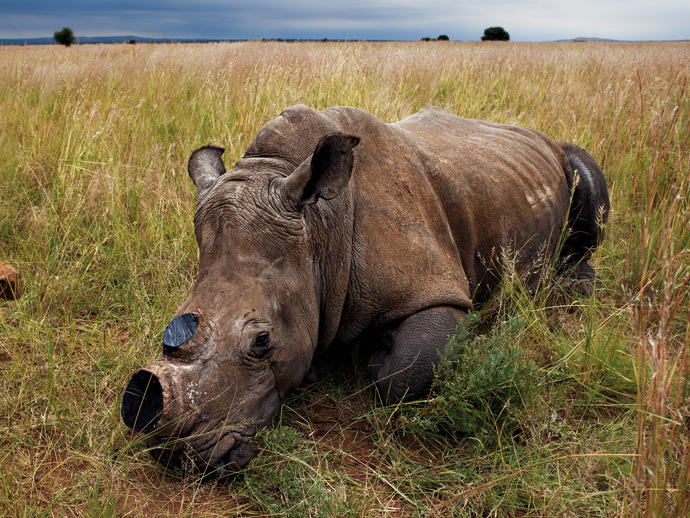From 3-14 March, the Convention of International Trade in Endangered Species (CITES) is holding their Conference of Parties 16 (CoP16) in Bangkok, Thailand. While some species will get the protection they so desperately need to survive in the wild, others seem to fall by the wayside. What constitutes a species being placed on the coveted Appendix I list? Is a down listing to Appendix II or III, or a delisting a death sentence for species? Do CITES regulations really help protect endangered species or simply pay lip service to the angry mob? A great deal of confusion surrounds what CITES …
Can CITES Regulations Help Protect Wildlife?



